By Louise Irvine
Palm Parade, the latest table linen design from Ardmore, features majestic giraffes leading a procession of animals to the waterhole. Ardmore recently held a fabulous launch party in South Africa and we can’t wait to recreate this party atmosphere with festive table settings like this when we reopen our Safari for the Soul gallery at our new WMODA location next year.
A towering giraffe, standing over two feet tall, has long been the centerpiece of our Ardmore display and is a favorite with WMODA visitors. Giraffes were also featured in the table linens hanging in the Jabula exhibition. With the new Palm Parade collection, the giraffe now has a starring role and Arthur Wiener, the founder of WMODA, is very excited as he has been lobbying Ardmore for more recognition for these spectacular animals. He has more than 20 unique giraffe designs in his collection of Ardmore ceramic art, including vases, trays, coffee pots and several intrepid riders.
The giraffe is not really suitable for riding with its steeply sloping back but Terry Larenty, a British showman, claimed to have ridden a giraffe successfully at Chipperfield Circus in the 1950s. His great nephew has been training a baby giraffe for riding at the Lion Park in Johannesburg where he grew up. I visited this South African safari park with Ed Pascoe and artists from the Moorcroft Pottery in 2006 and didn’t see any giraffe riding. However, I was surprised to see the giraffe’s very long tongue at feeding time. Its prehensile tongue can be up to 22 inches long and allows the giraffe to grasp and pull leaves from trees that other animals cannot reach. I also had the opportunity to go on safari with the Ardmore artists in 2011 and can verify how well camouflaged the lofty animals are when they are eating in the trees.
The giraffe was originally known as a Cameleopard because it has a head like a camel and the spots of a leopard. The sheer physical beauty and novelty of the animals caused a sensation in the early 19th century when they were presented as diplomatic gifts to France and England. Four giraffes arrived at London Zoo in 1836 and people were so fascinated that they embraced à la giraffe fashions as well as designs for textiles and ceramics. A lithograph by George Scharf of the exciting new arrivals with their native handlers was reproduced on Ridgeway transferware. Giraffomania continued when the first giraffe was born in captivity at the zoo in 1839. More recently in 2017, a YouTube live video feed went viral as over a million viewers waited for a pregnant giraffe to give birth at an animal adventure park in New York. April successfully delivered a 6-feet tall baby named Tajiri meaning hope.
Today in Africa the giraffe is a threatened species, hunted for its exotic skin and for medicinal purposes. Their numbers have plummeted by over 40% in the last 30 years and they have become extinct in 7 African countries. World Giraffe Day is held annually on June 21st (the longest day for the longest-necked animal) in order to raise awareness of the vulnerability of these majestic creatures and to help save the watchtowers of the Savannah.
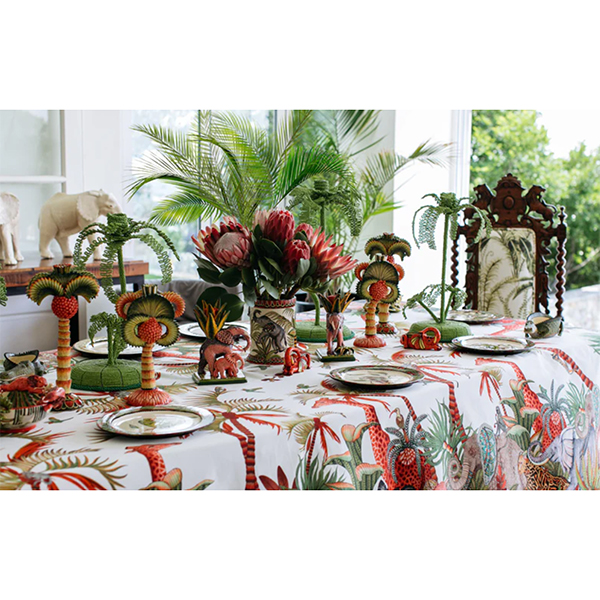
Ardmore Palm Parade Table
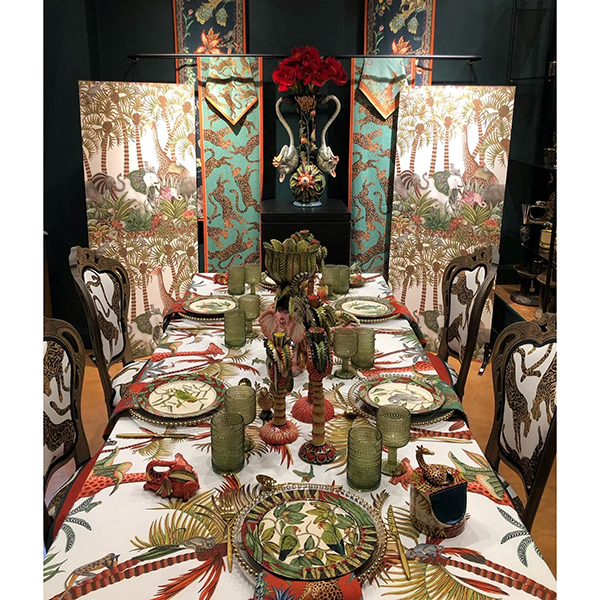
Palm Parade Exhibition South Africa
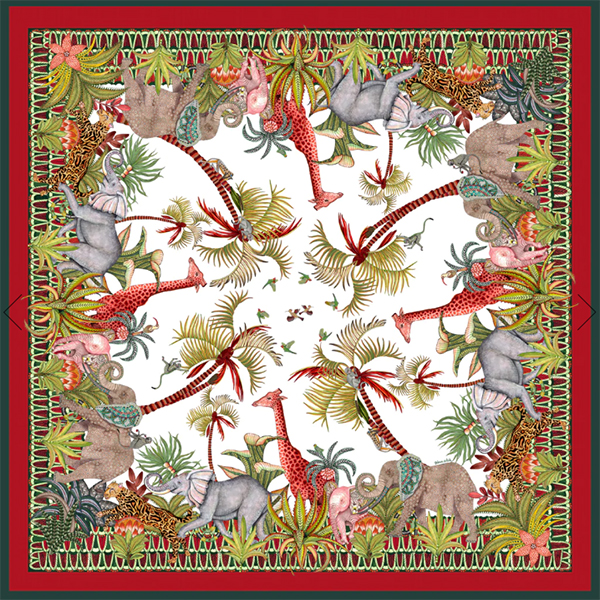
Ardmore Palm Parade
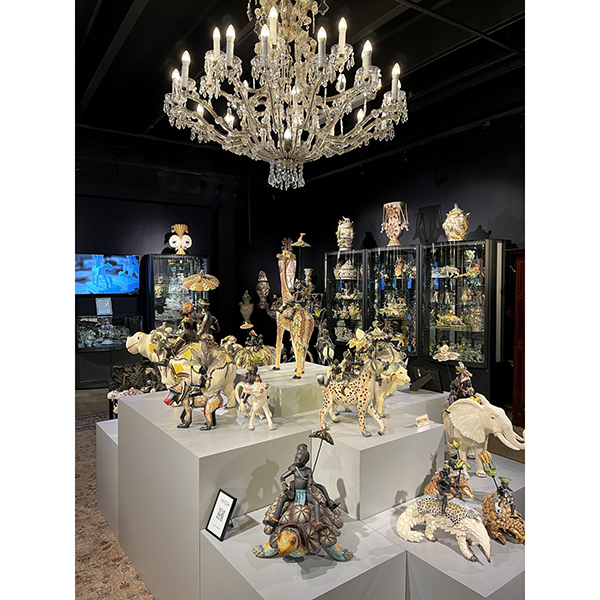
Safari for the Soul Exhibition
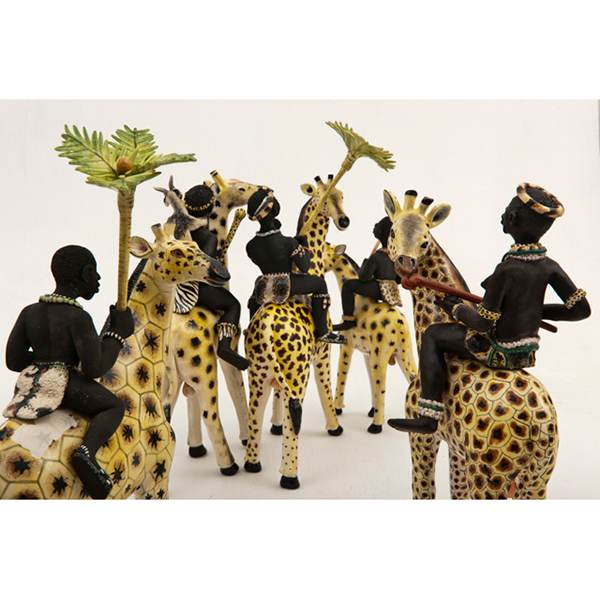
Tower of Ardmore Giraffe Riders
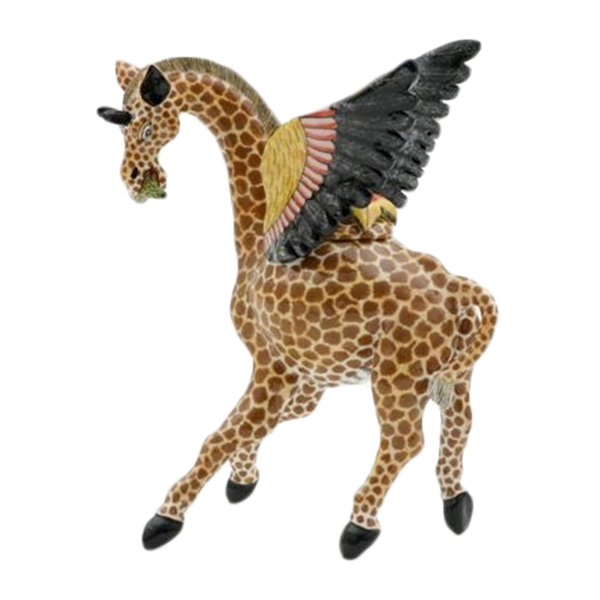
Giraffe Ornament
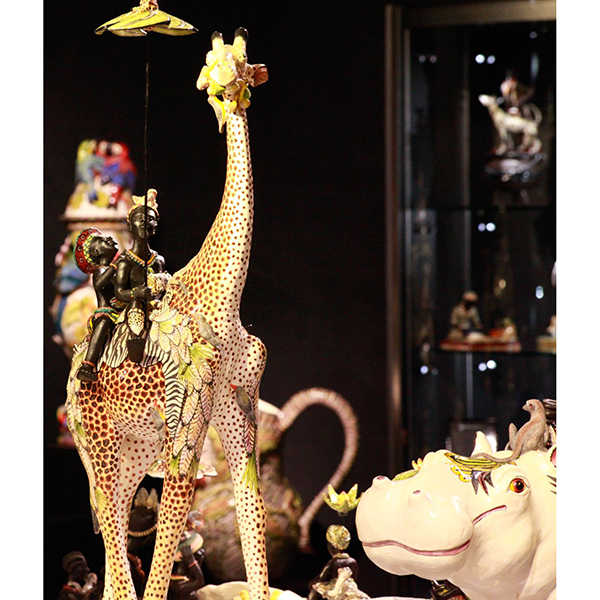
Ardmore Giraffe and Hippo
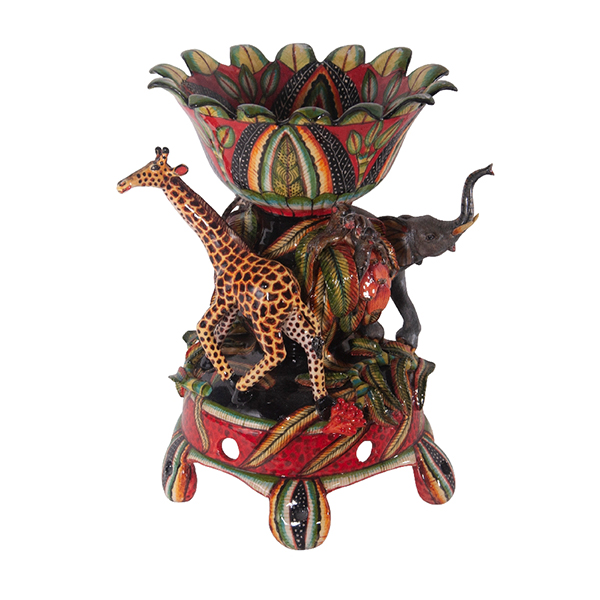
Giraffe and Elephant Bowl
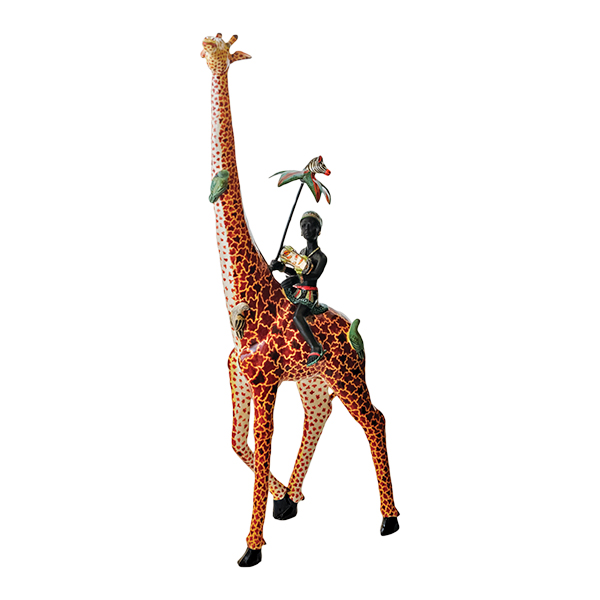
Ardmore Giraffe Rider
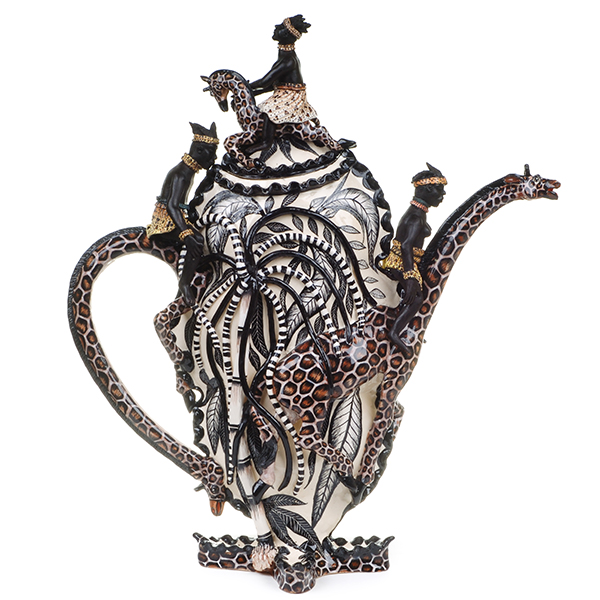
Ardmore Giraffe Coffee Pot
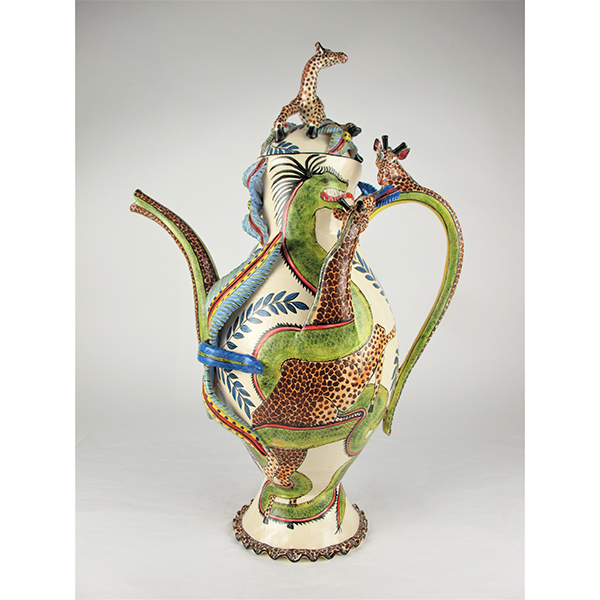
Ardmore Giraffe Coffee Pot

Giraffe and Elephant Bowl
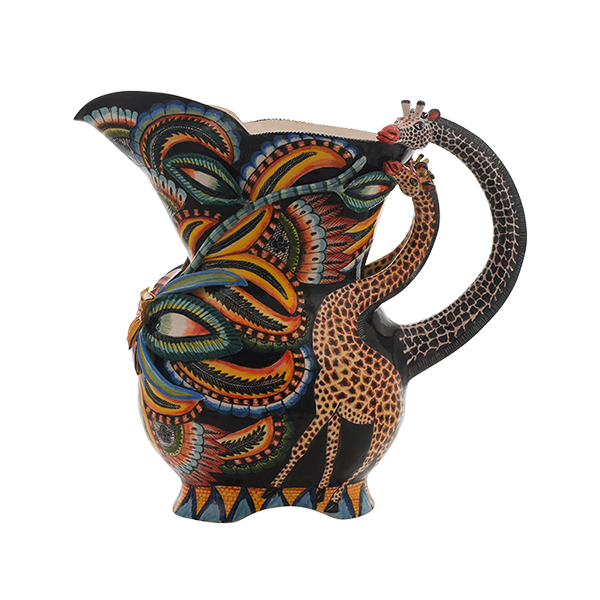
Ardmore Giraffe Jug
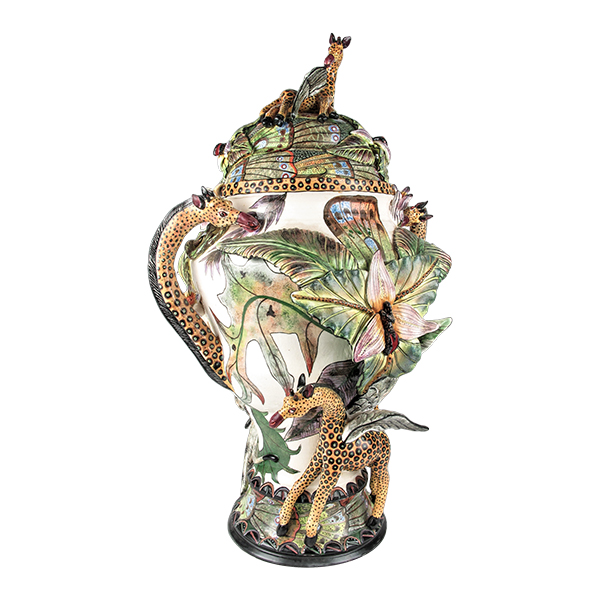
Ardmore Winged Giraffe Urn
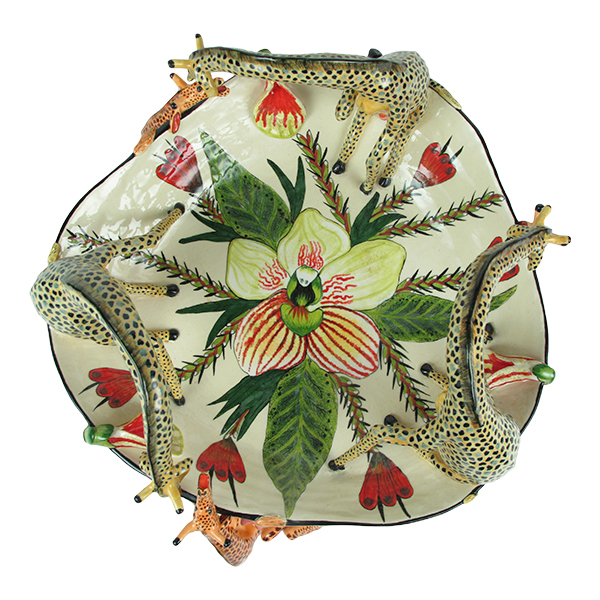
Ardmore Giraffe Tray
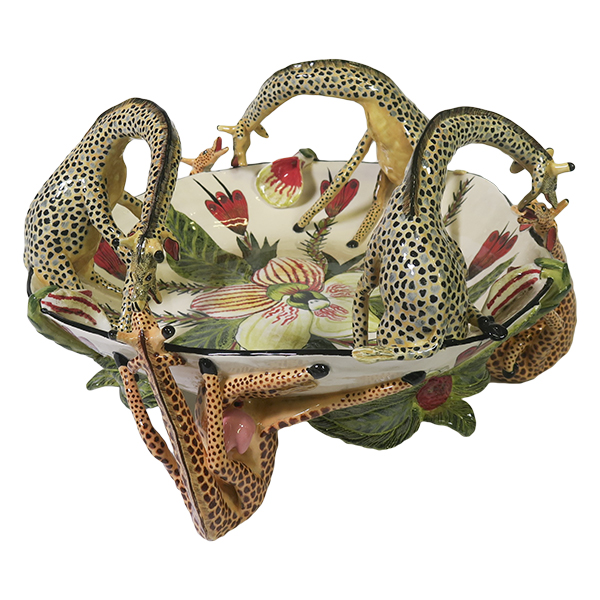
Ardmore Giraffe Tray
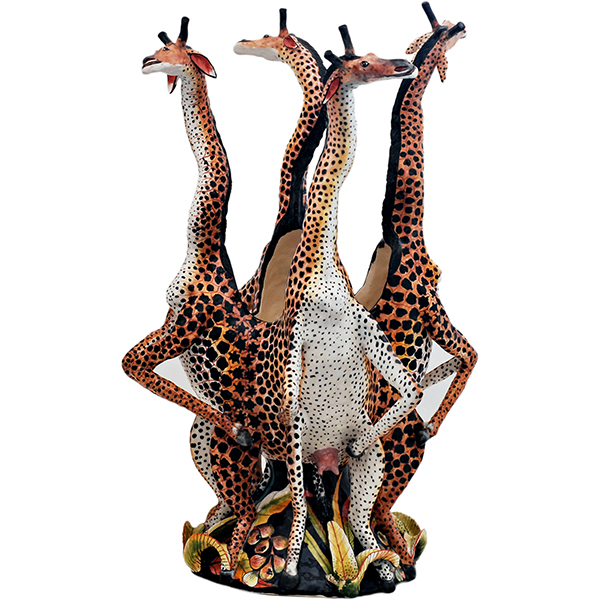
Ardmore Giraffe Plant Holder
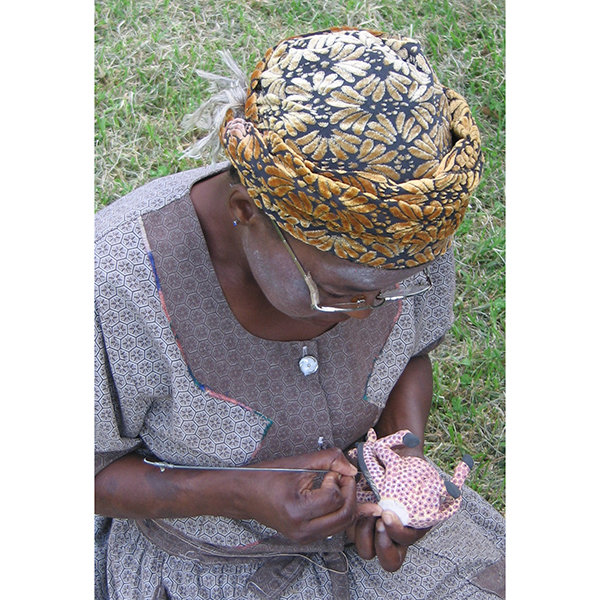
Ardmore Artist Painting a Giraffe
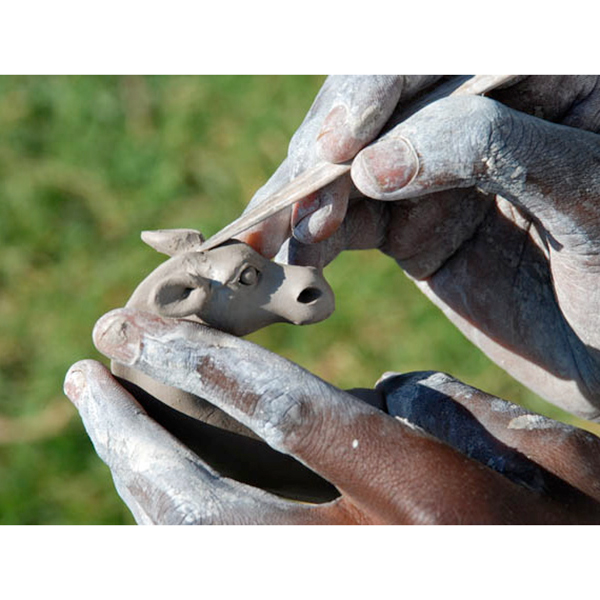
Ardmore Artist Modeling a Giraffe
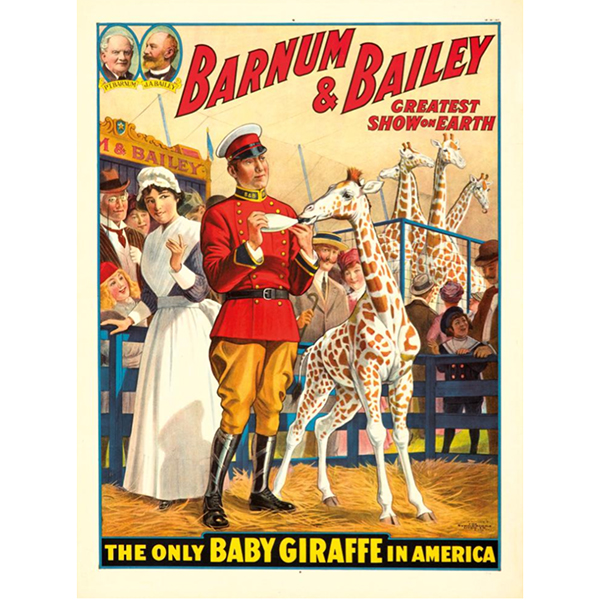
Barnum & Bailey Baby Giraffe
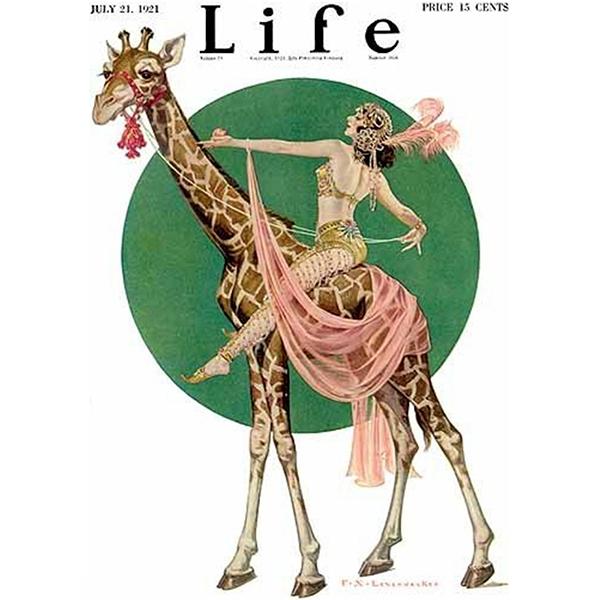
Life Magazine 1921 J.C. Leyendecker
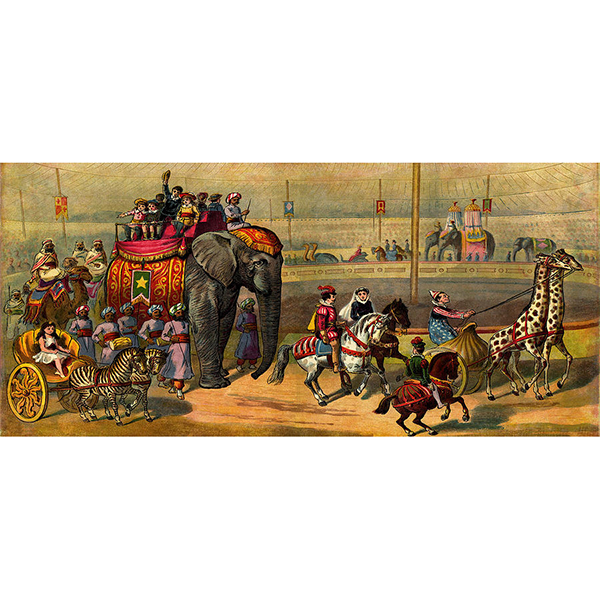
Victorian Circus Parade
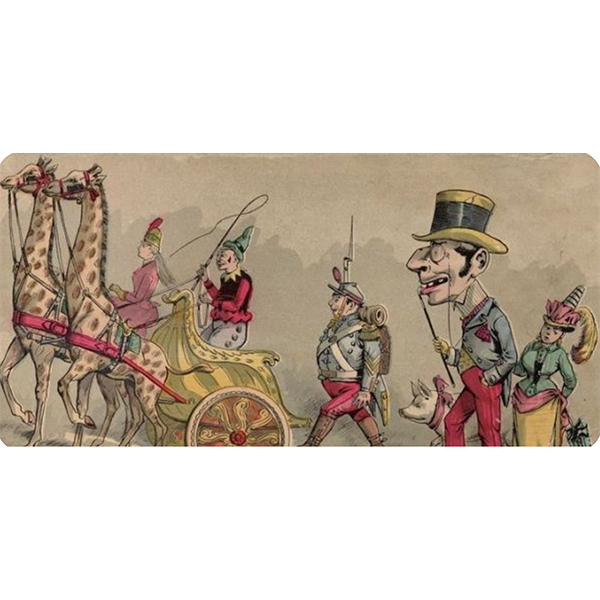
Victorian Circus Parade
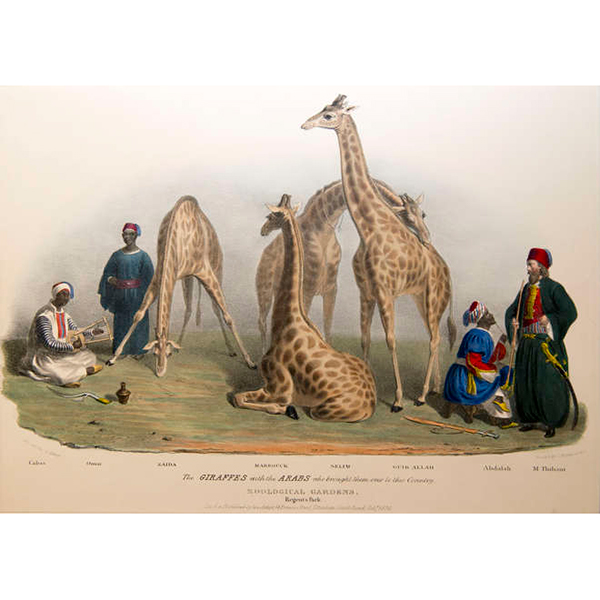
Giraffes at London Zoo G. Scharf
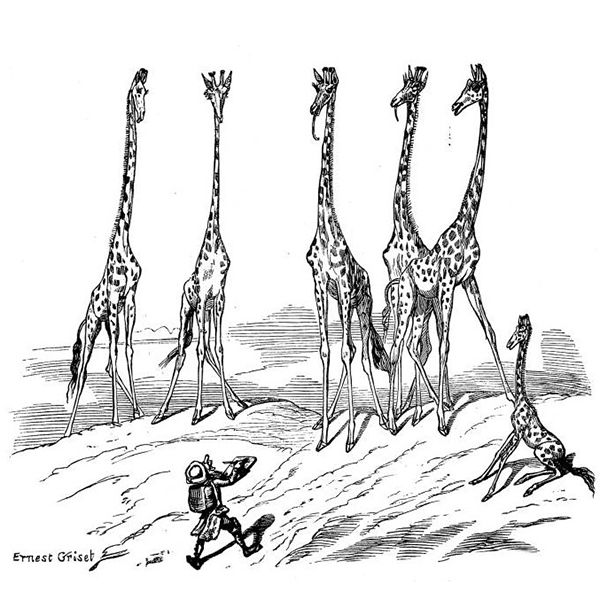
Giraffe Grotesques E. Griset 1857
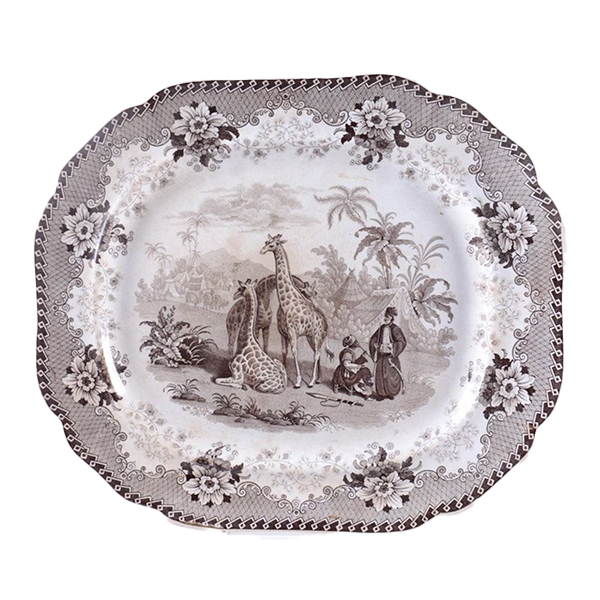
Ridgeway Giraffe Platter
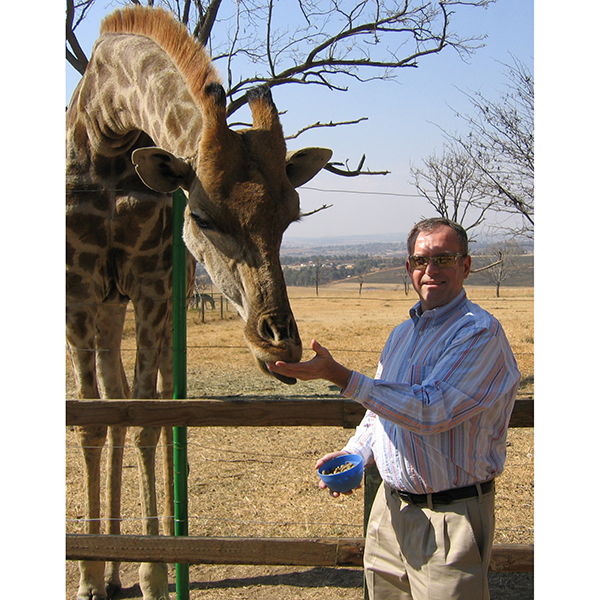
Ed Pascoe with Giraffe
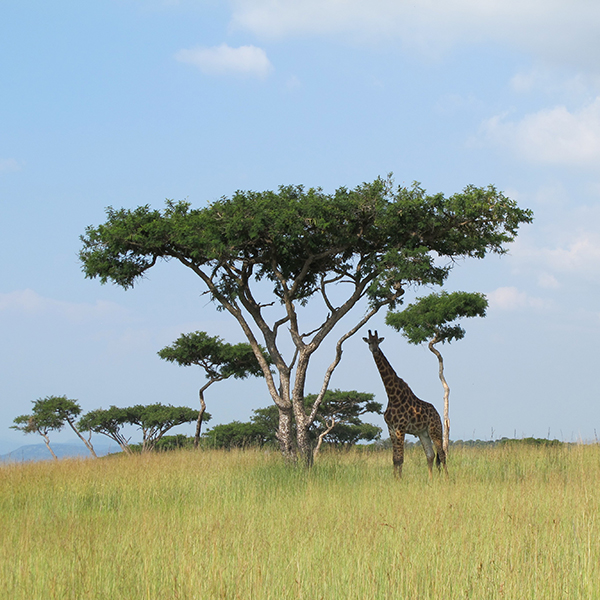
Giraffe Safari
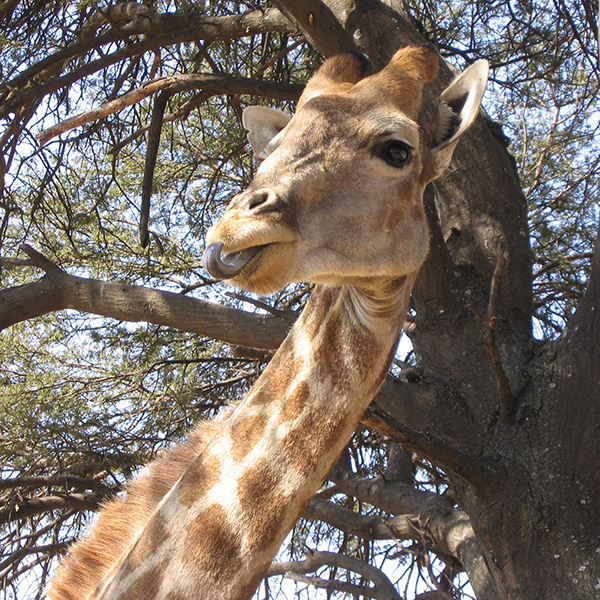
Giraffe’s Tongue
